Gucci Shows Off Its Cruise 2024
By PAGE Editor
Cosmopolitan dress codes are expressions of cultural conversations. A visual grammar spun from diverse geographic and historical codes, it is a shared style language cultivated by a digital generation of communities connected across continents. The Gucci Cruise 2024 Collection explores this exchange in a dialogue between the House’s own heritage and the electrifying South Korean impact that influences it today.
An illustration of multicultural fashion manifestations in everyday city life, the collection reflects the global community at the heart of Gucci itself: a century-old creative legacy now evolved by designers and artisans of different backgrounds –who each interpret the House’s codes through their own individual and cultural gazes.
The show is the first of its kind to take place within the ceremonial courtyard of the 14th century Gyeongbokgung Palace, located in the heart of Seoul. With the capital’s futuristic skyline on the horizon, an interchange between times and traditions unfolds to a score including pieces by the Seoulite composer Jung Jae-il, presented on a cast of familiar faces from the recent eras of the House, from South Korea and around the world.
The constellations illuminate a study of the global urban wardrobe invigorated by the inimitable instinct for fashion expressed on the streets of Seoul and echoed across the globe, and the customs of South Korean dress.
In silhouettes evocative of Gucci in the late 1990s – but expressed in the color palette of the 2010s – the generational code switches inherent to metropolitan dressing manifest: the materials and techniques of formal wardrobes swap places with those of sports- and casualwear. Every garment and look reflects a form of hybridization.
Bourgeois ‘streetwear’ – the bouclé skirt suit, the silk blouse, the kitten heel – splices with sportswear informed by everyday life in Seoul: the scuba wetsuits worn by the fervent windsurfers and jet-skiers of the Han River. The body-conscious lines are contrasted against the voluminous dress codes of skateboarding as surfing’s terrestrial boardsport equivalent.
The hybridization inspires a study of deconstruction. Detachable sleeves become accessories while zips enable trousers to expand in shape. The bomber jacket transmutes into an evening skirt, and the biker jacket elongates into a coat. Sculptural lines inform A-line dresses and diverse styles feature silk bands with bows, drawing inspiration from traditional local garments.
As a counterpart, the Gucci Web – the House’s signature triband – adorns pieces in super-magnified form. Hyper-sensory biomorphic motifs by the South Korean artist Ram Han animate the collection.
Bags intensify in expression: leather Gucci Horsebit Chain bags appear warped or narrowed in shape; the memory of a Horsebit is evoked within the debossed leather of a men’s bag. Minimalist Gucci bags from the archive are re-interpreted in colorful scuba and ornamental adaptations.
The rounded trapezoid Horsebit Chain bag re-emerges in iridescent and precious leather. A club kid sensibility is evoked in cyber-goth stomper boots, while the collection’s water-sports motif is echoed in scuba boots revived from the late 1990s, and re-imagined in a pump. The Ace sneaker takes on a rounder shape with tonal shoelaces and the Gucci Web.
GUCCI IN SOUTH KOREA
Gucci’s connection to South Korea began 25 years ago when the House opened its first flagship store in Seoul in 1998. Since then, the House’s presence in the country has grown consistently.
Korea is a vibrant hub of heritage, culture, and creativity, all of which resonate throughout the world and with the House’s own core values. Gucci has embraced this affinity with Korea through diverse projects and initiatives dedicated to celebrating the country and its distinctive identity as well as a shared desire to create lasting social impact in the communities and within the fashion industry.
HOW DO YOU FEEL ABOUT FASHION?
COMMENT OR TAKE OUR PAGE READER SURVEY
Featured




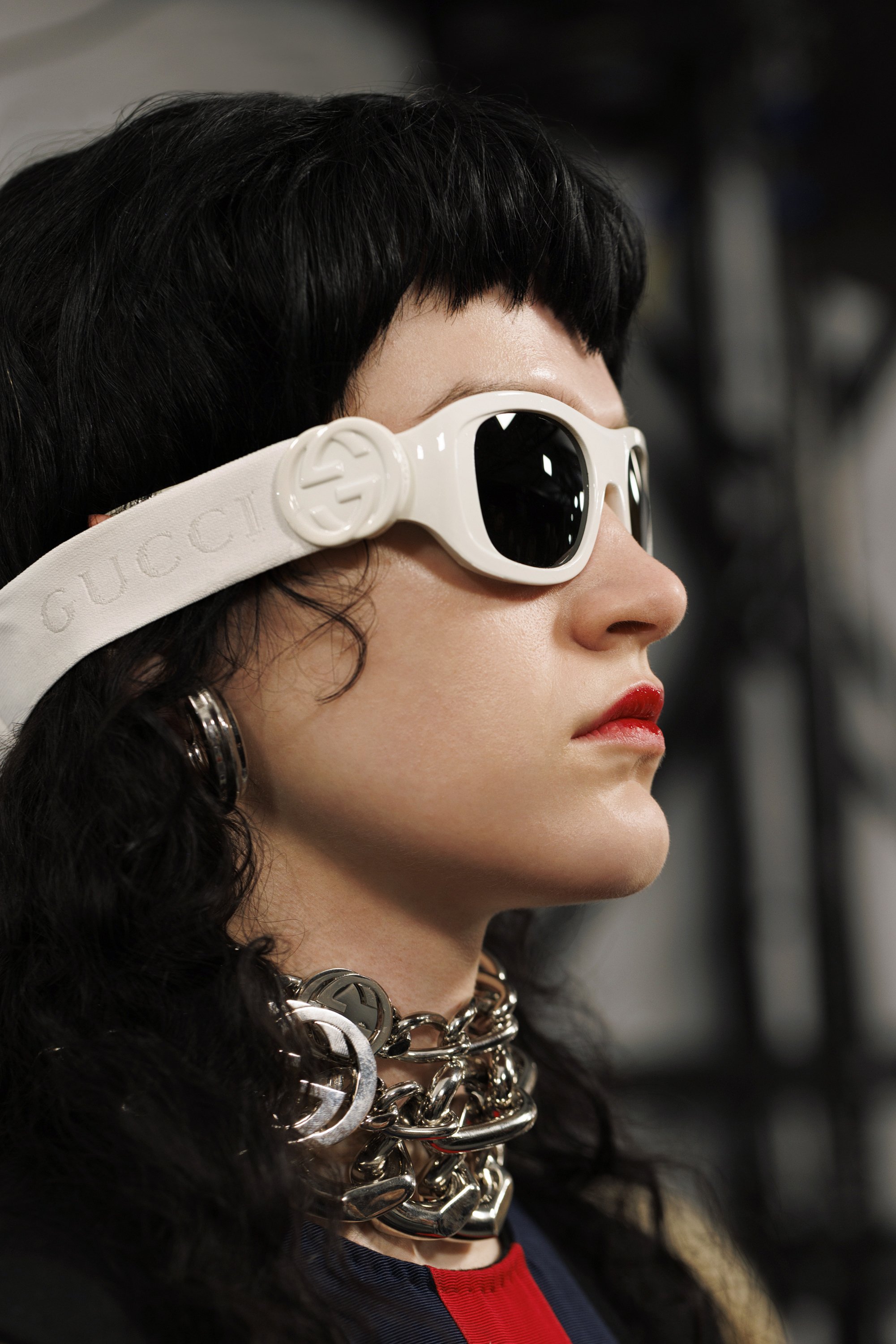

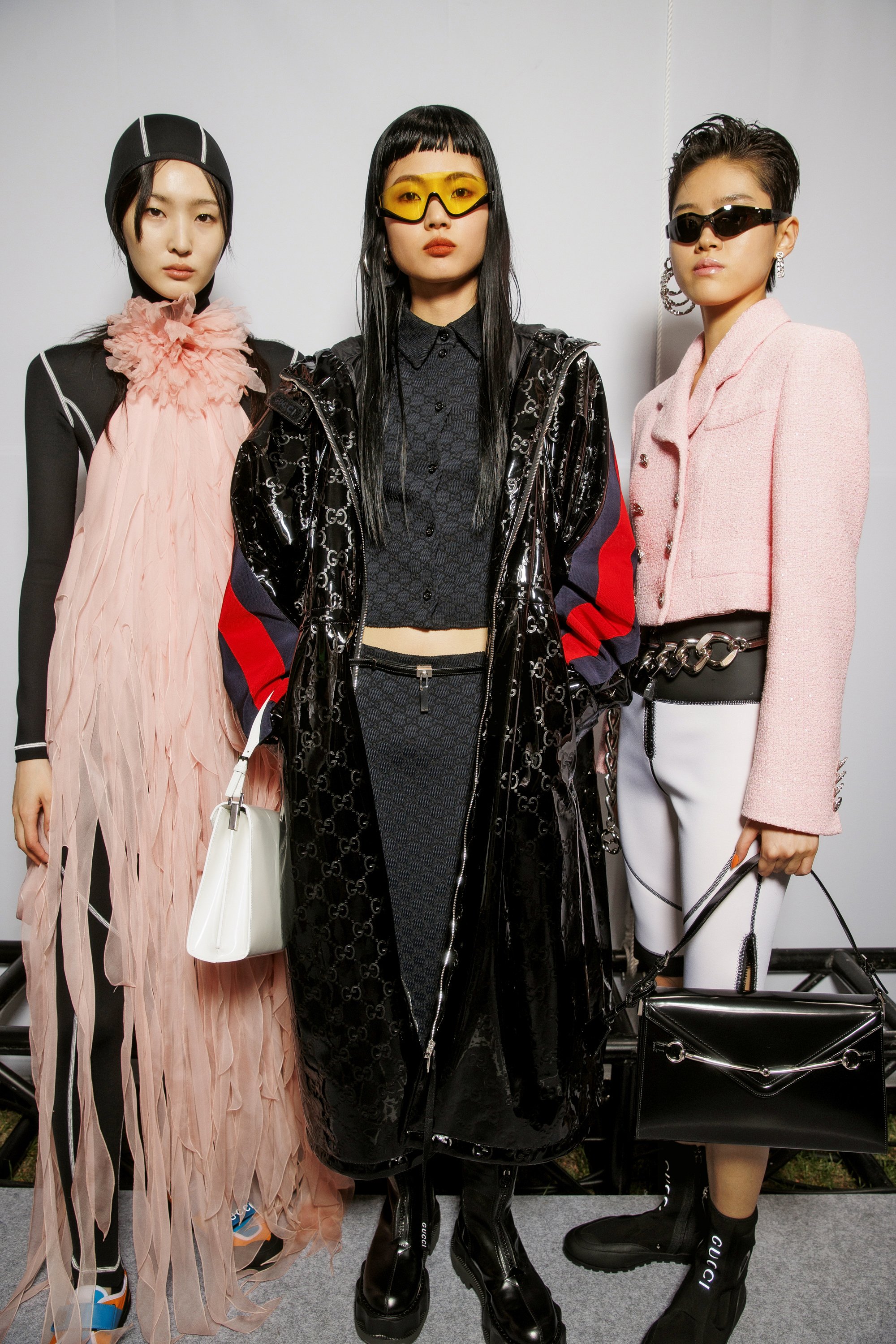


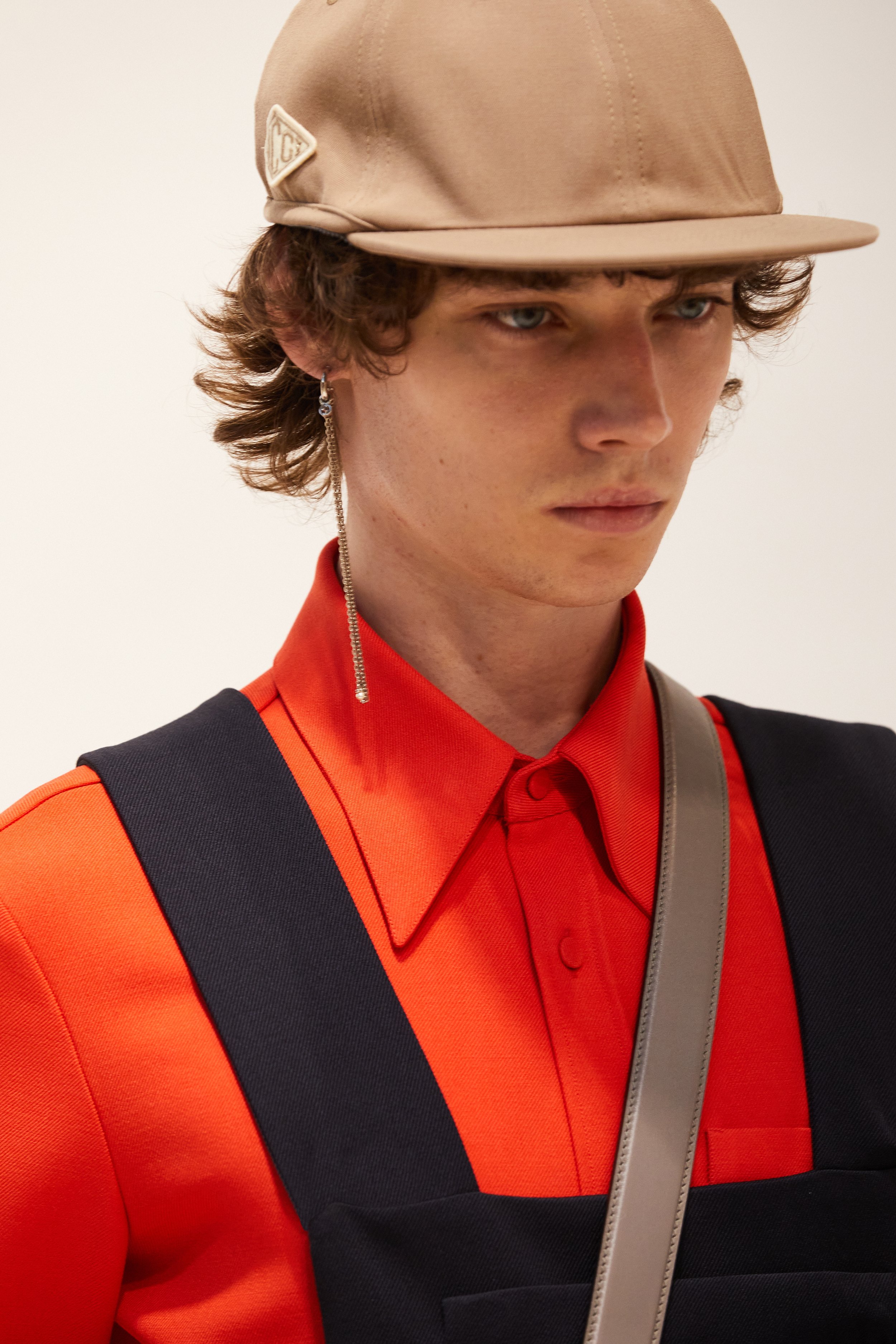
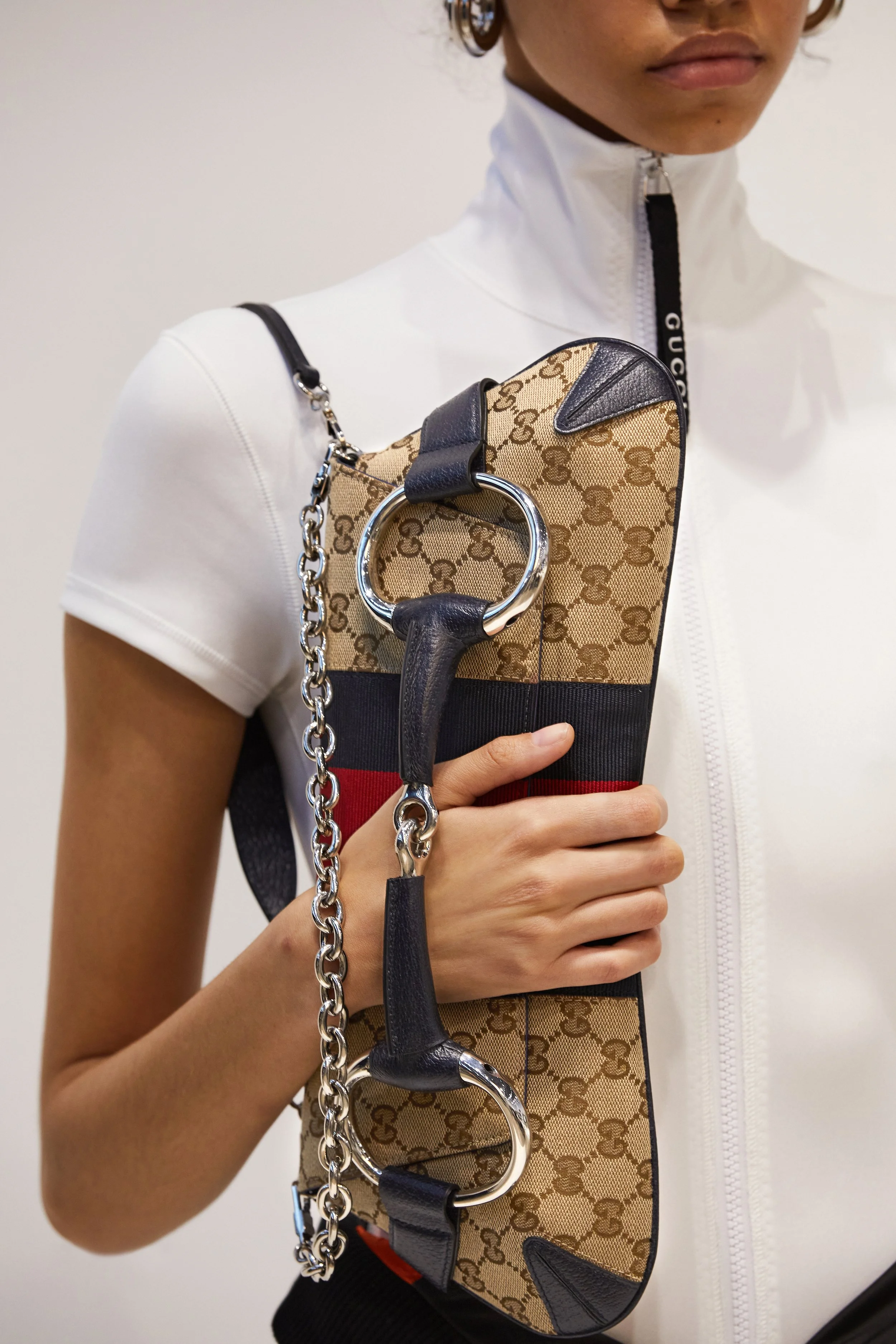


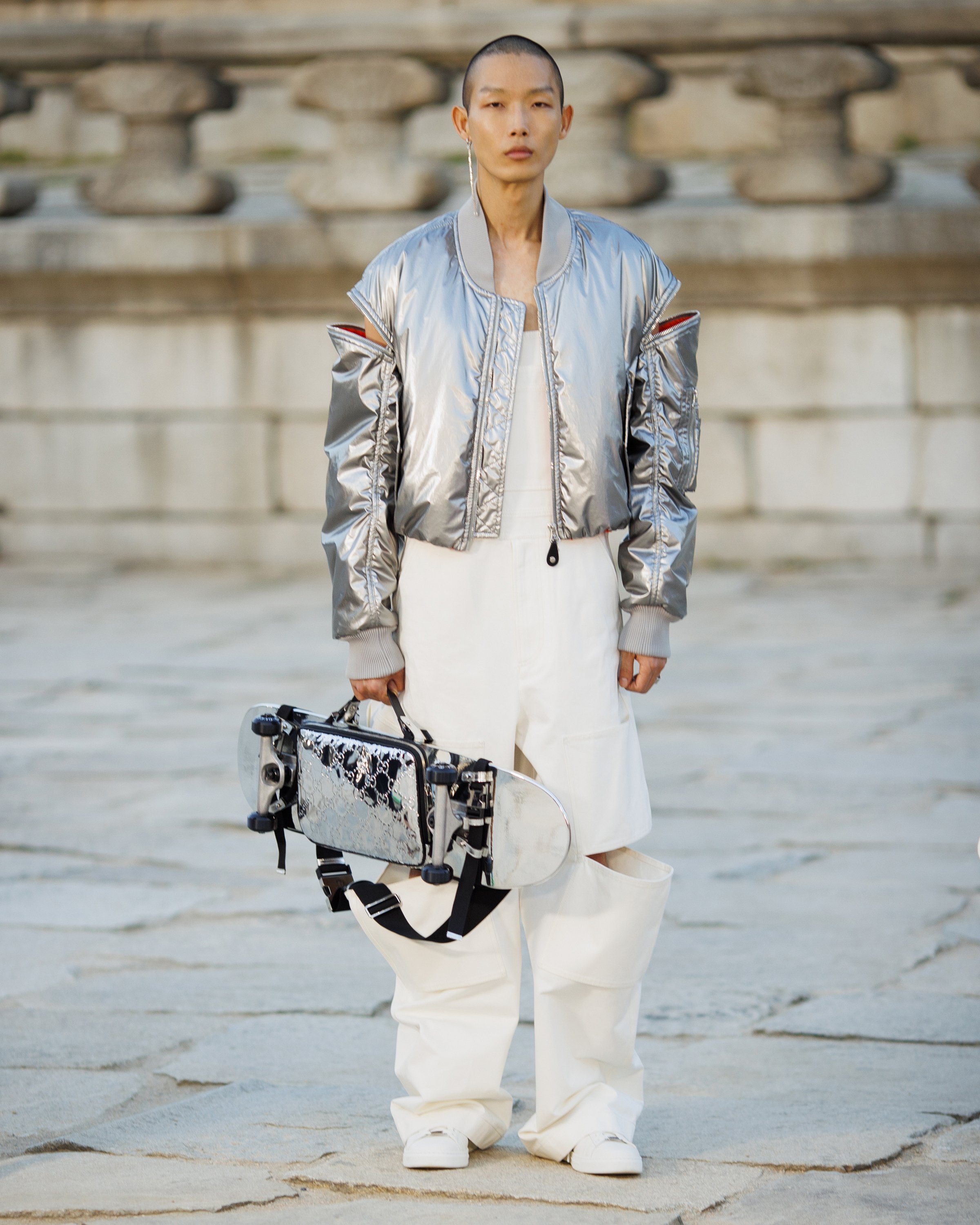
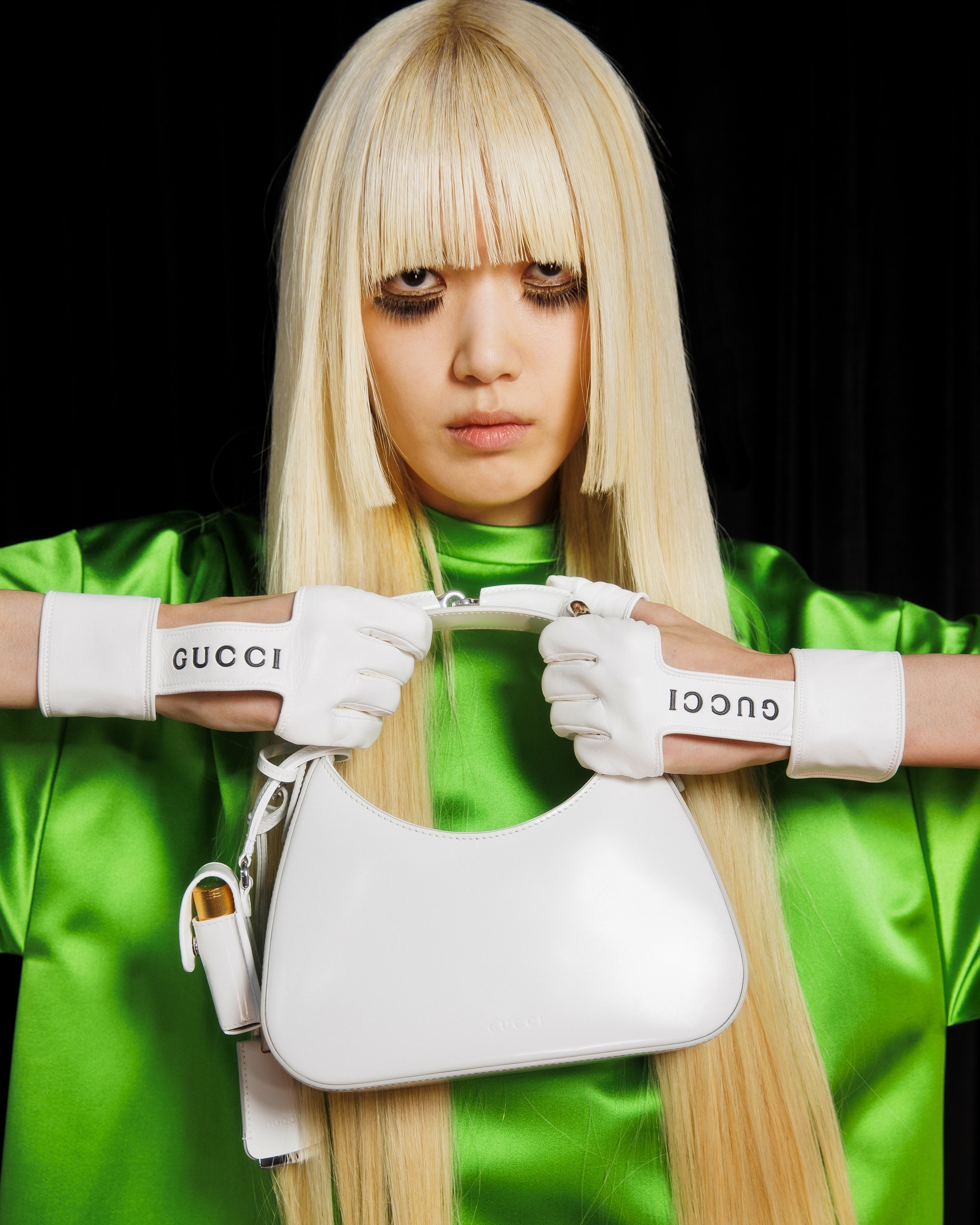


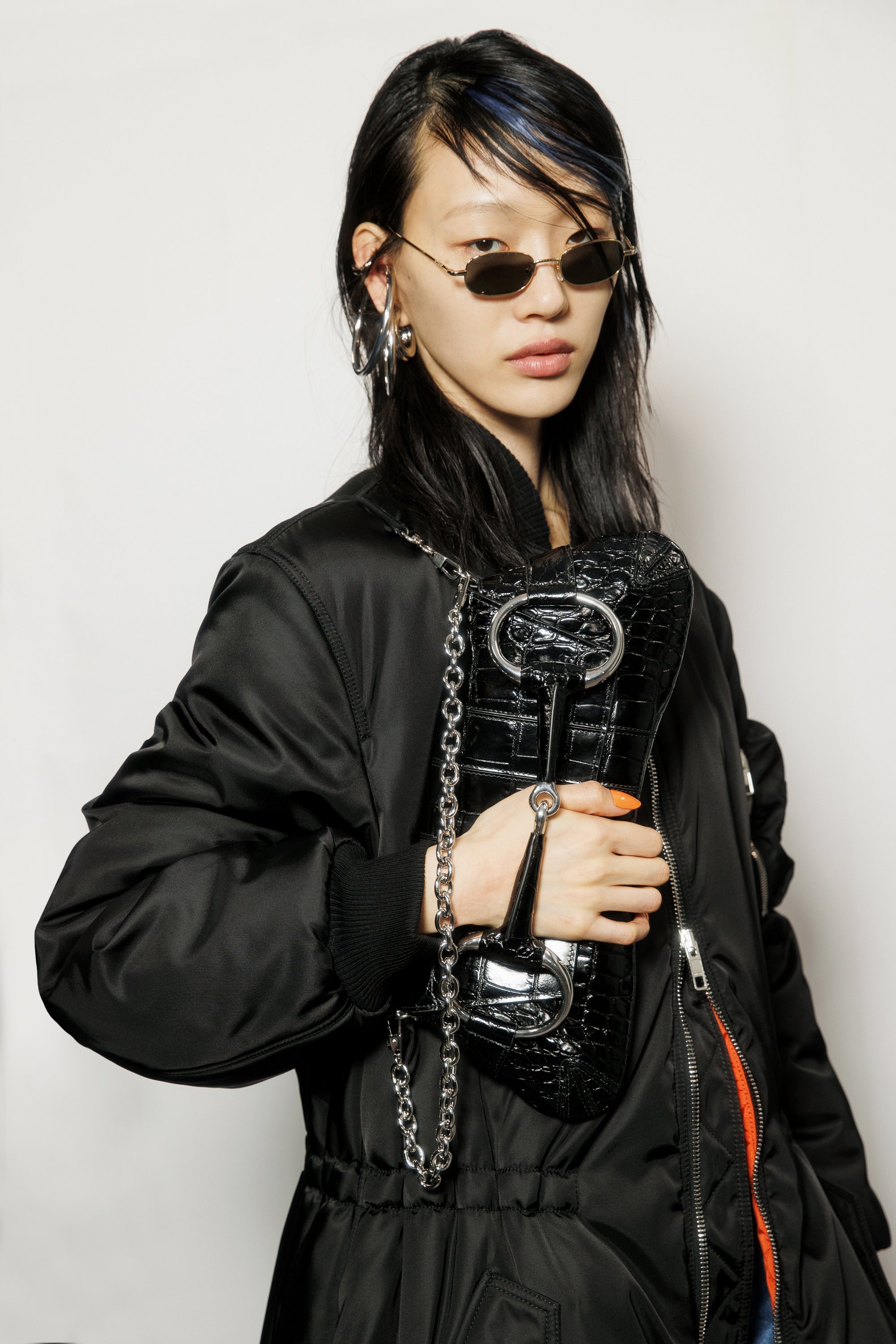
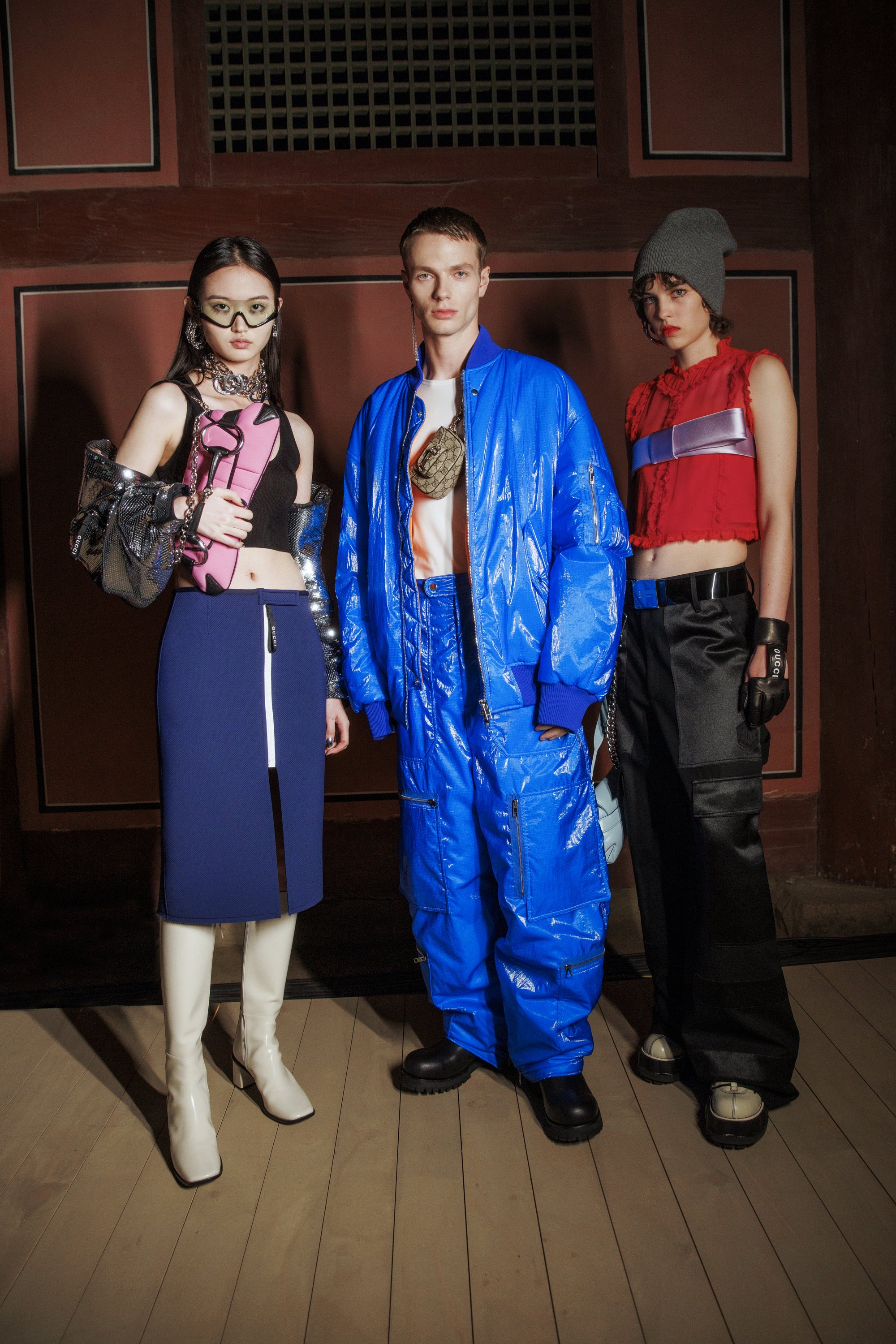


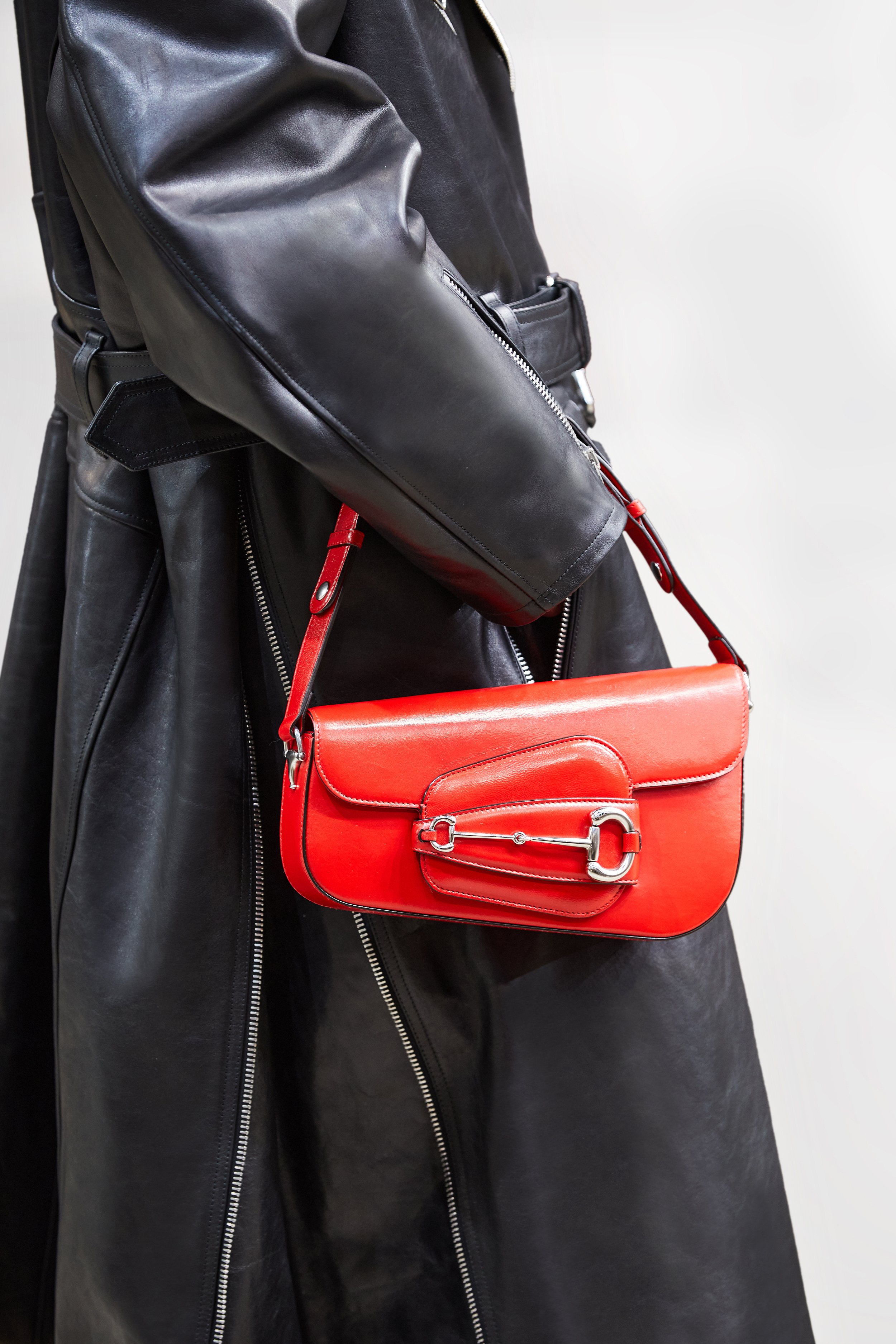
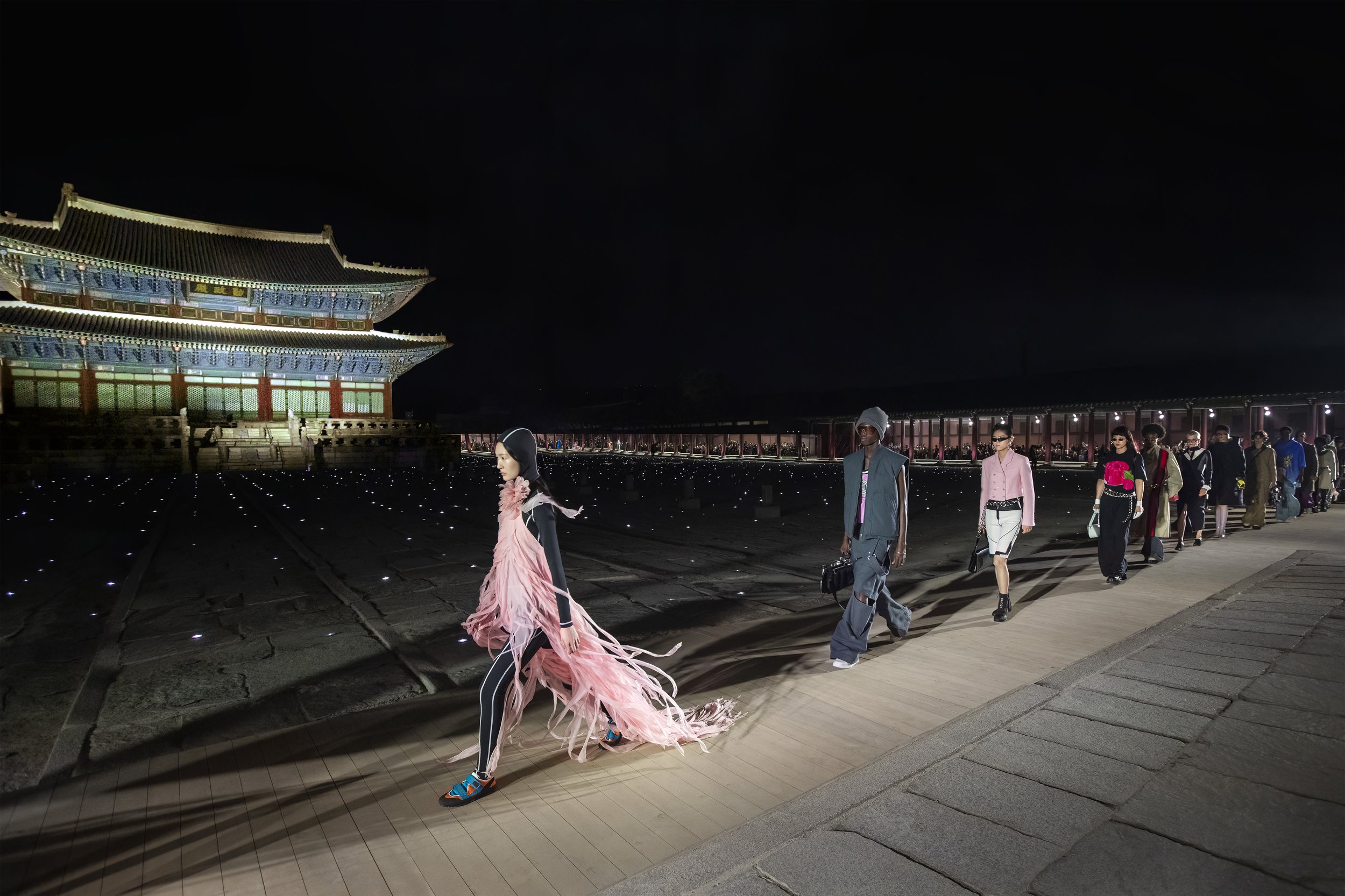
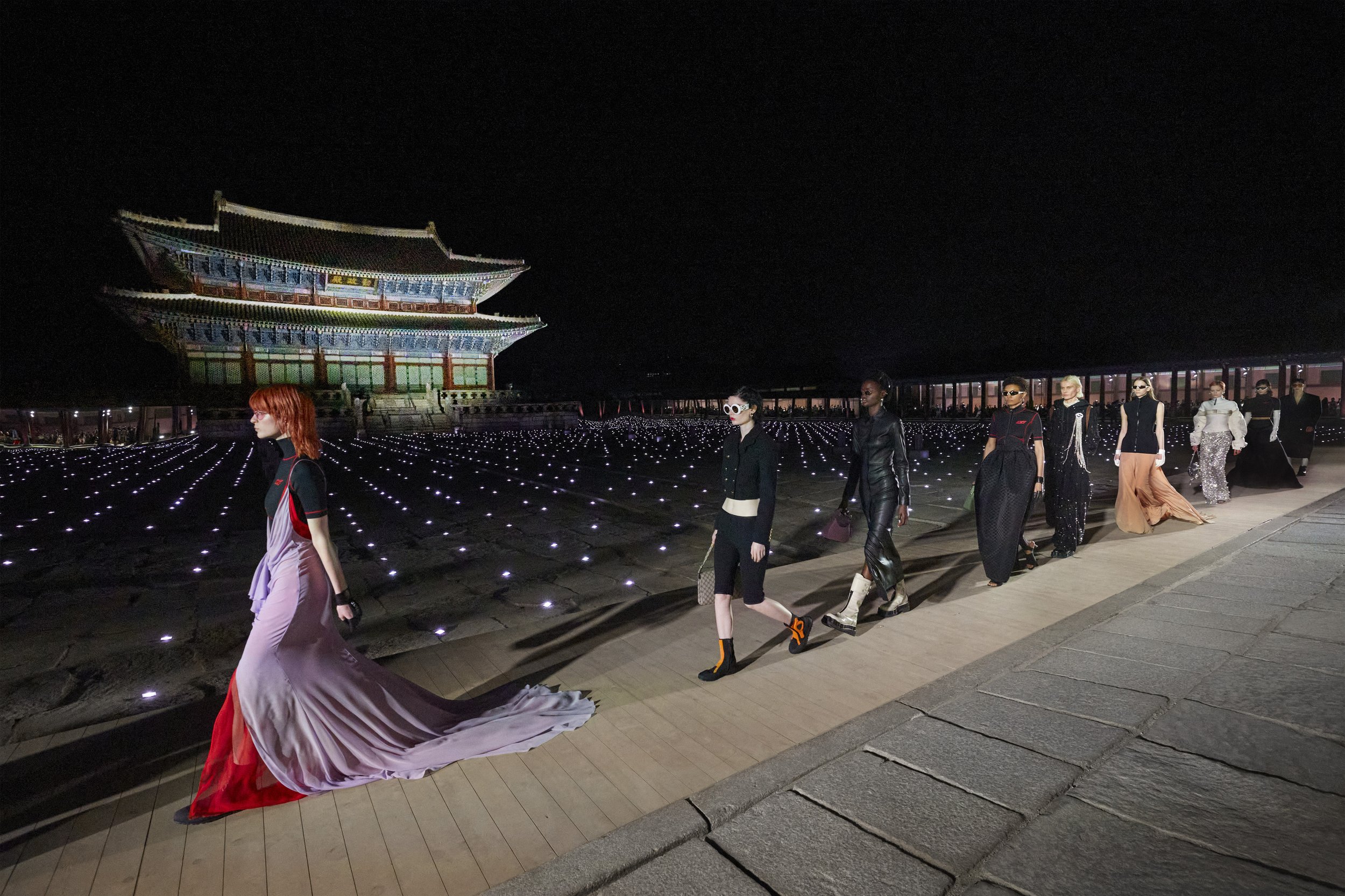
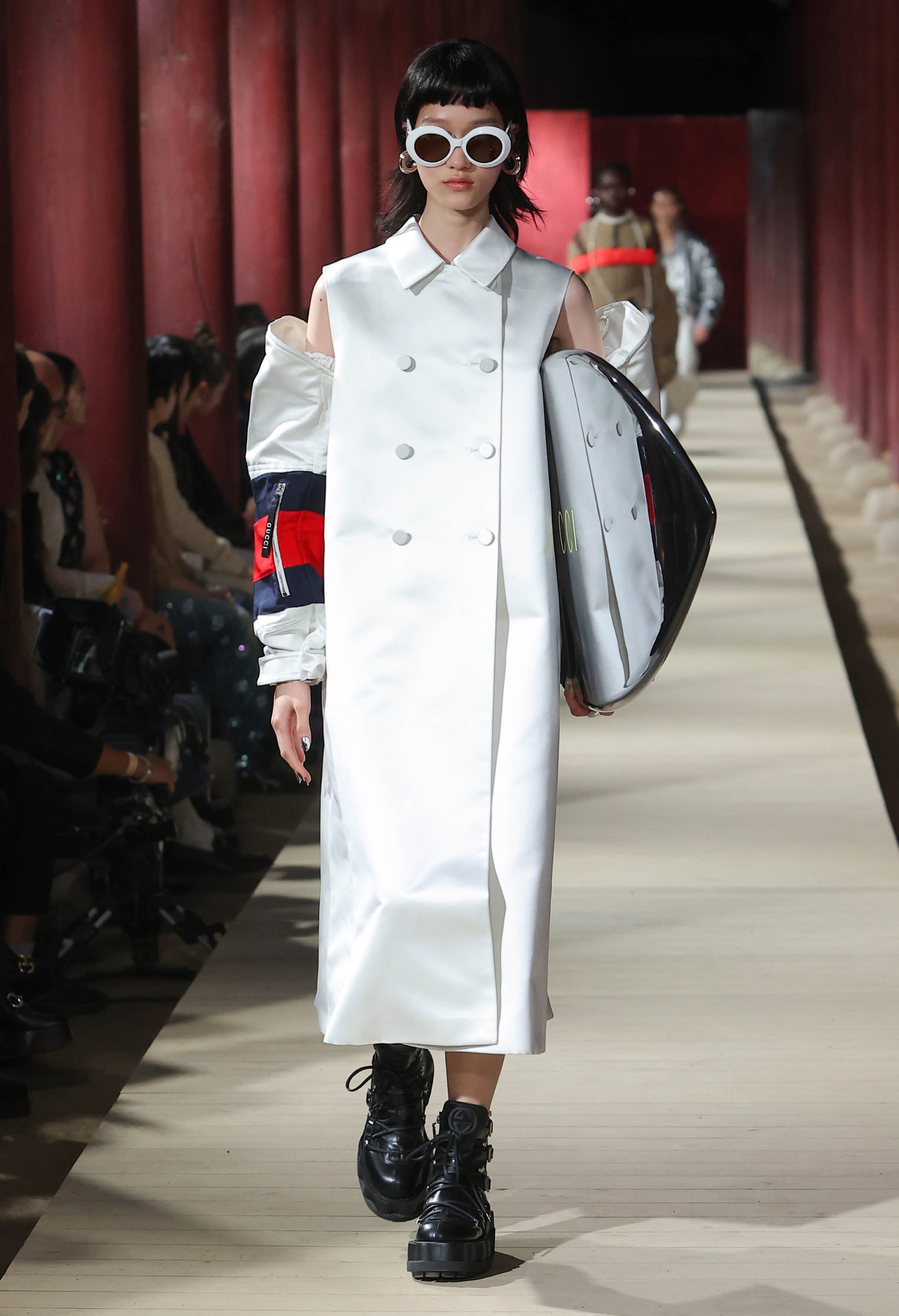
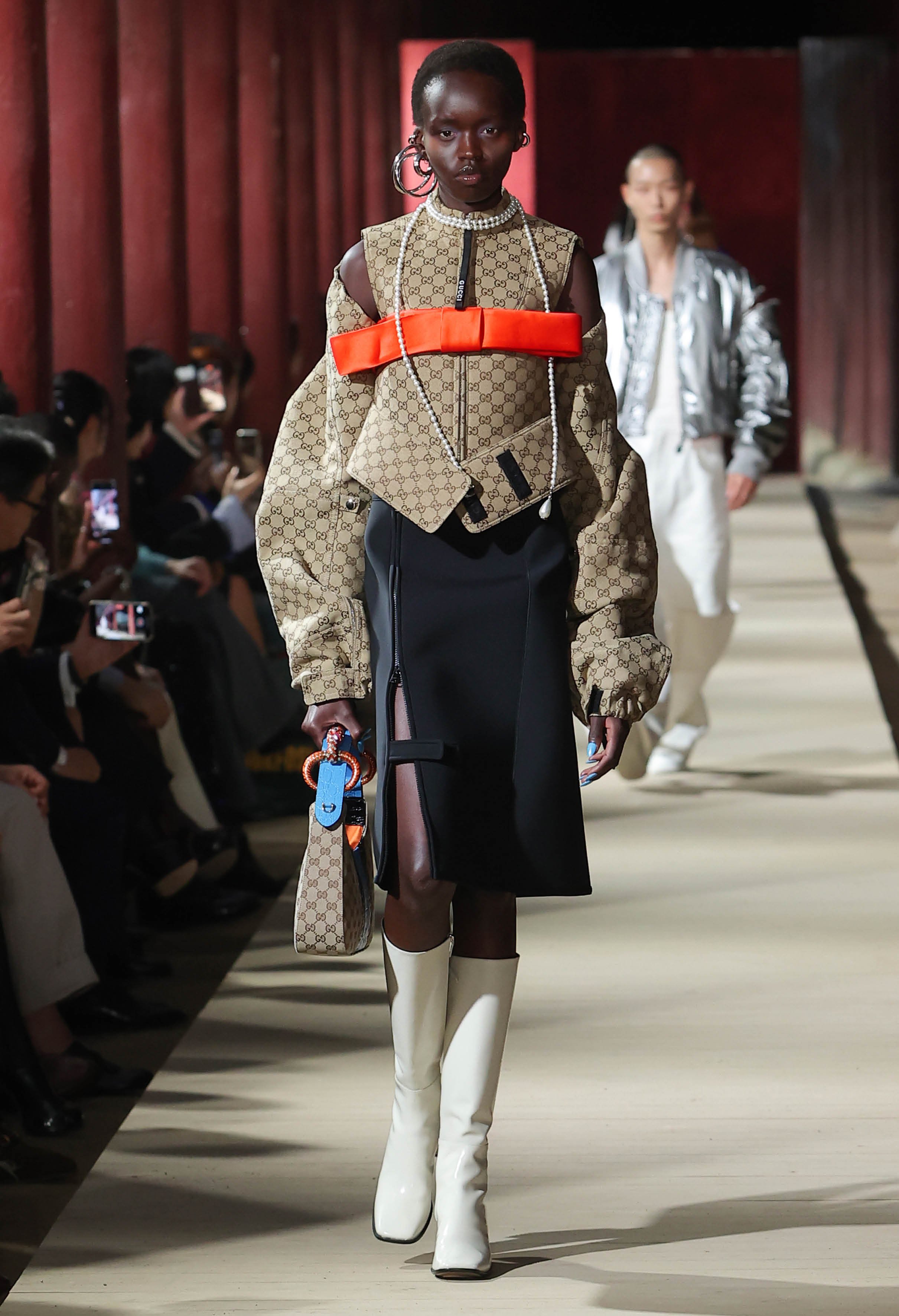
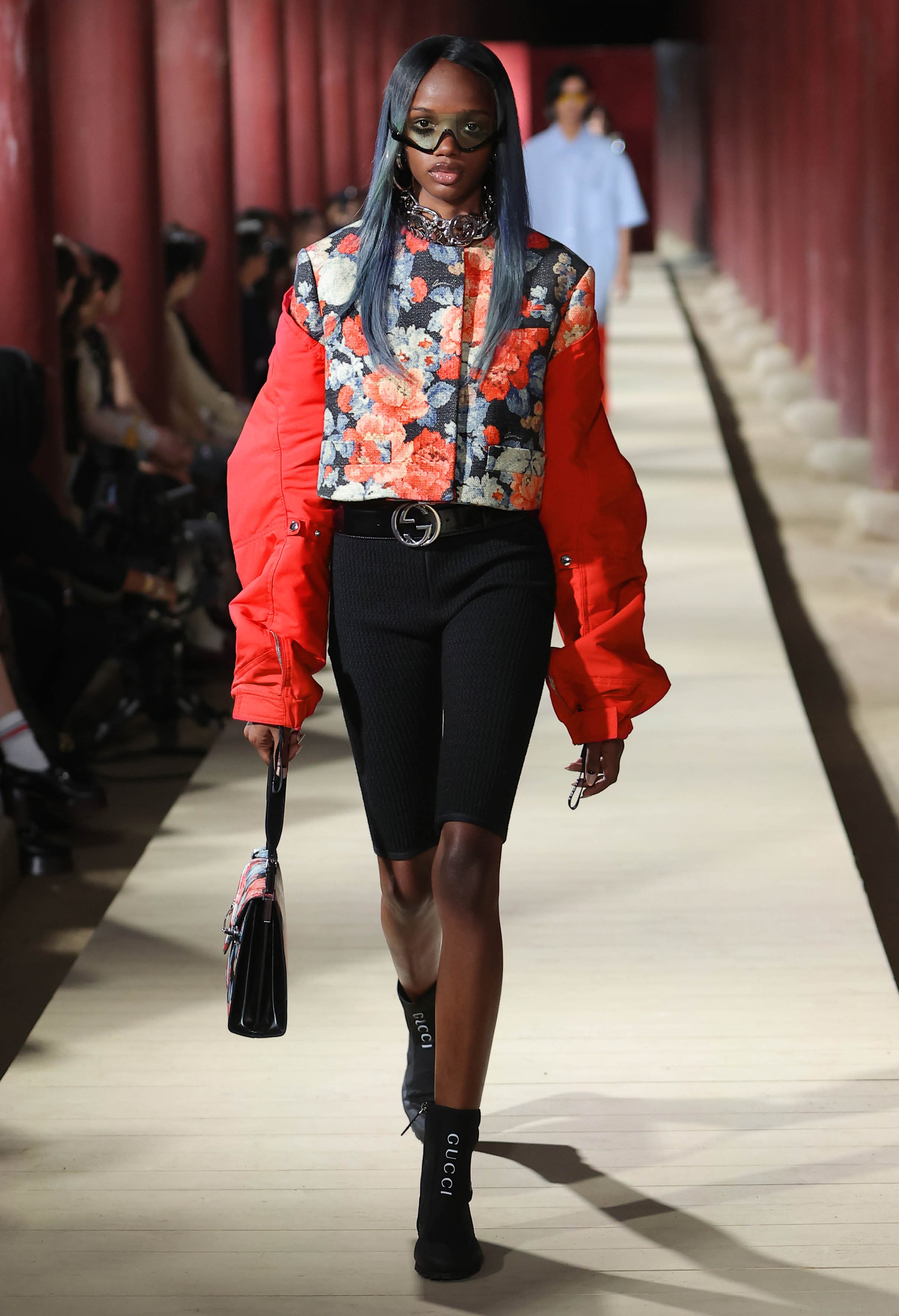
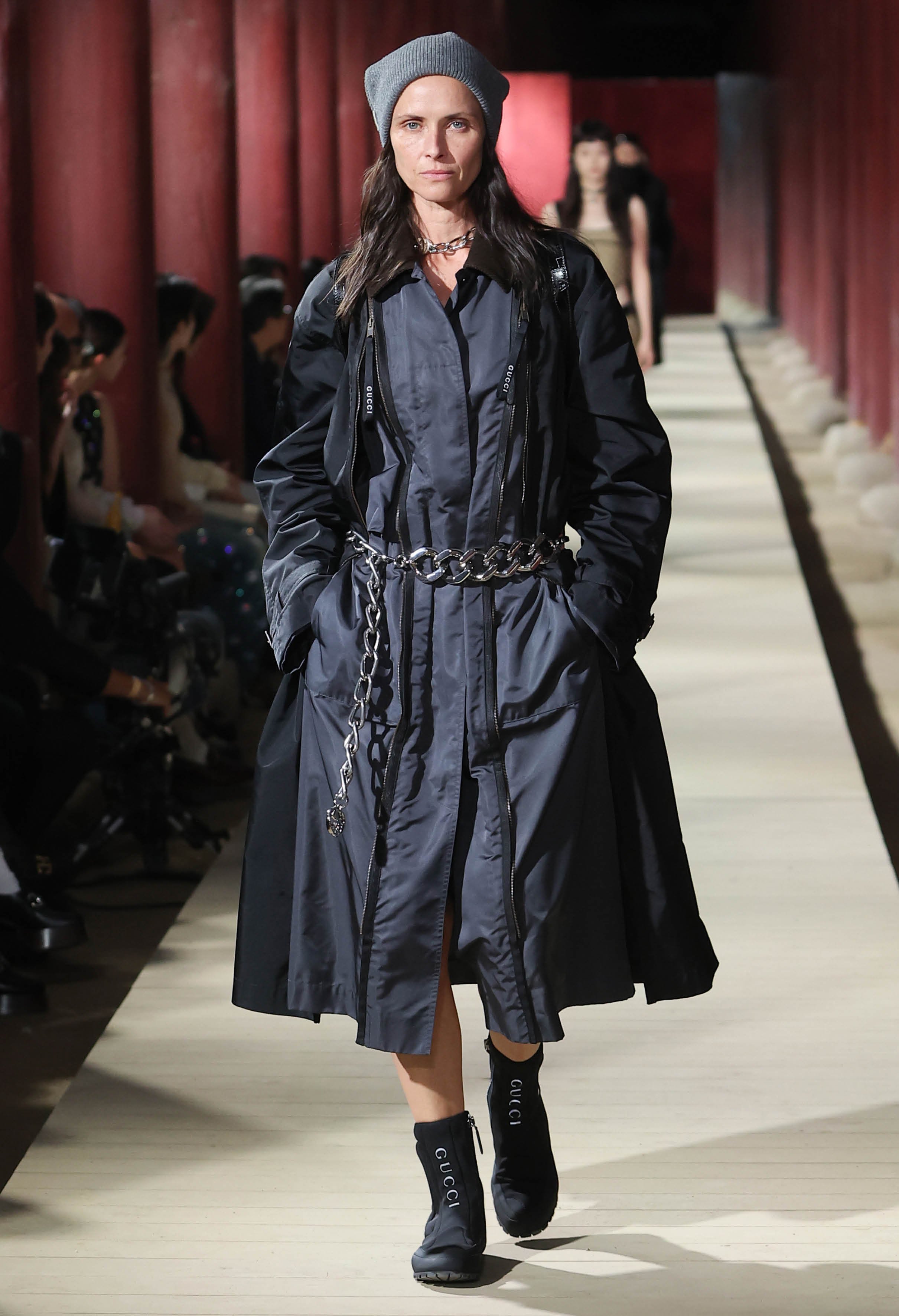
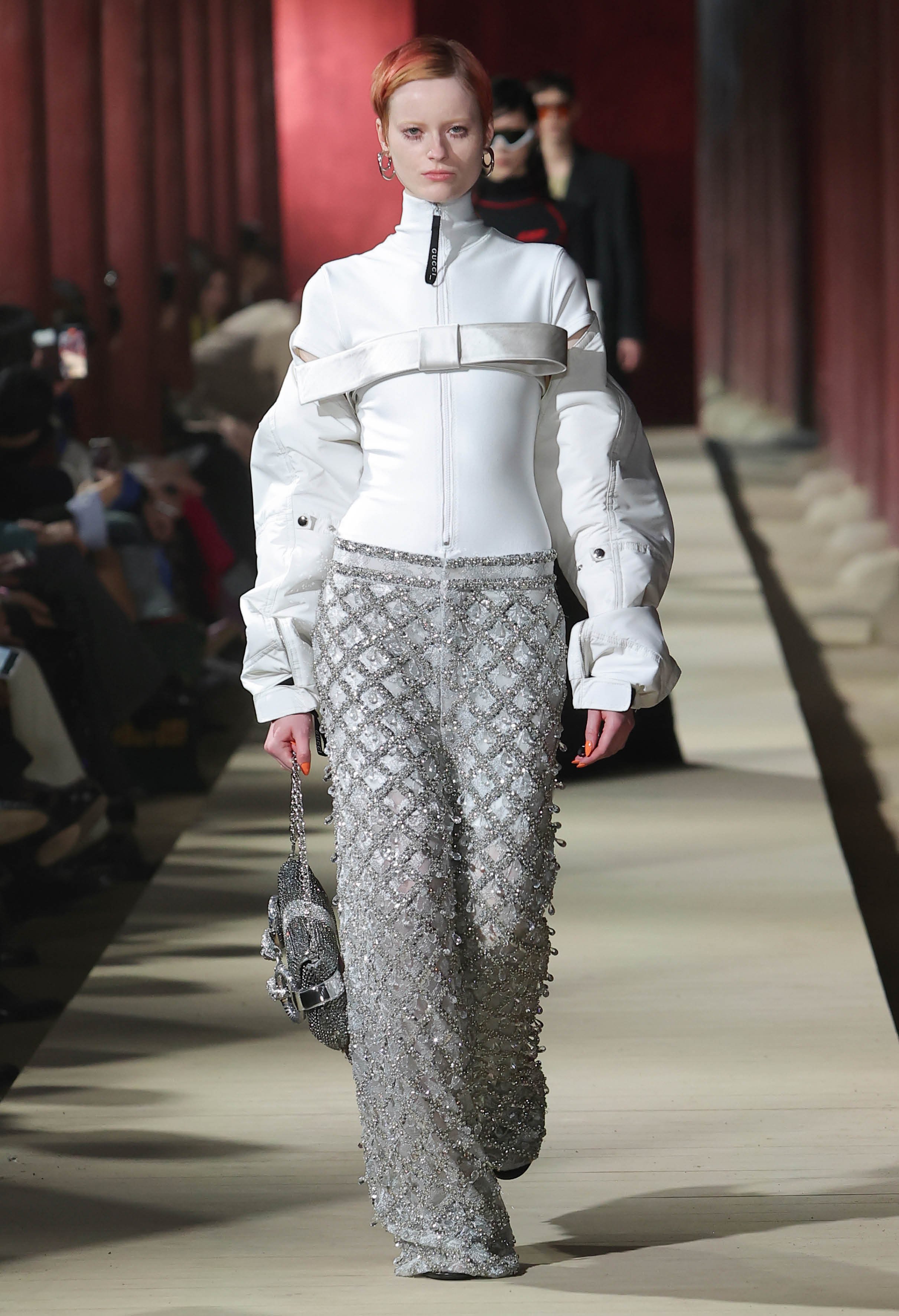
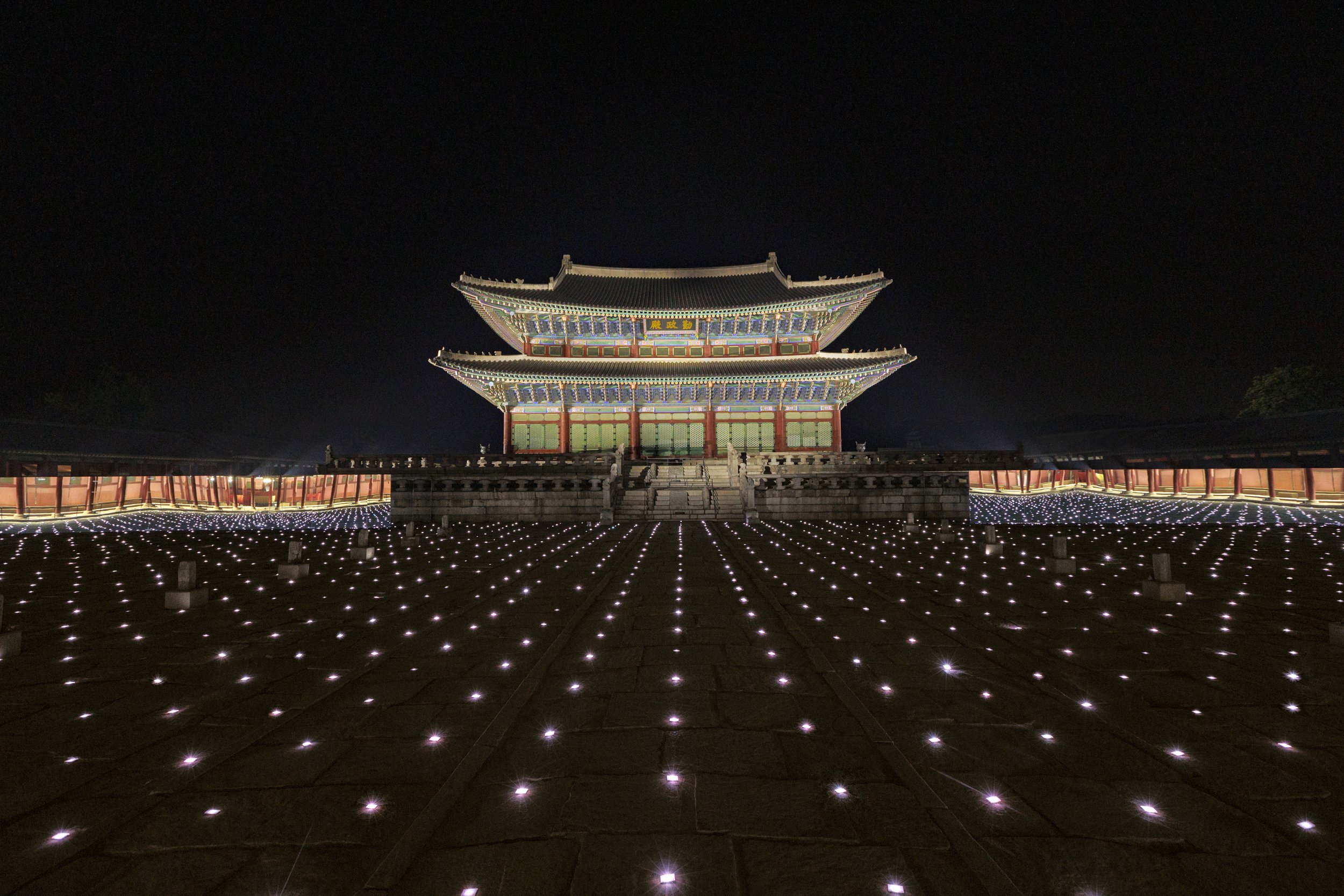
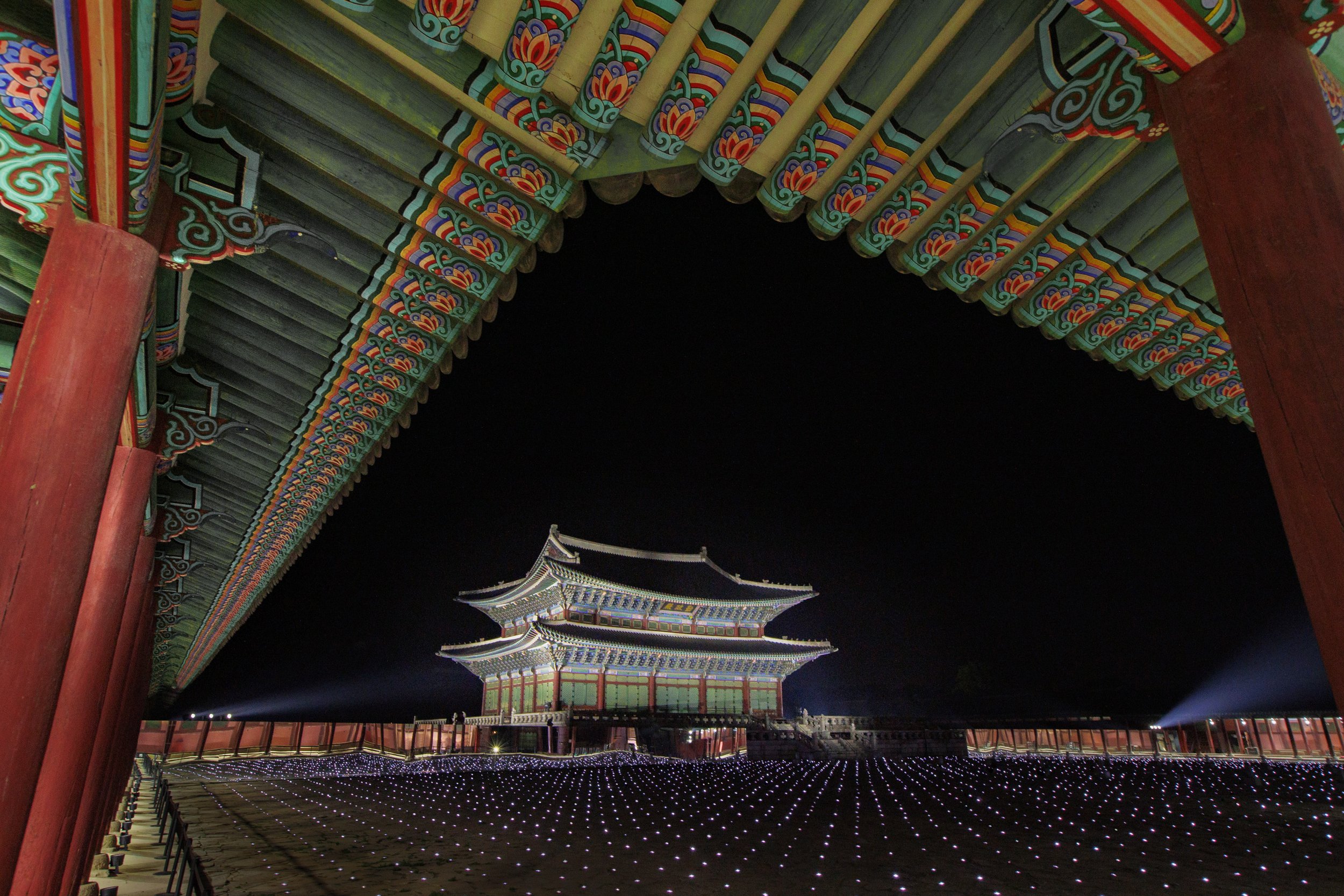





The animal rights organization, which owns stock in LVMH, is calling on the parent company of Louis Vuitton, Dior, and Fendi to embrace cruelty-free alternatives.